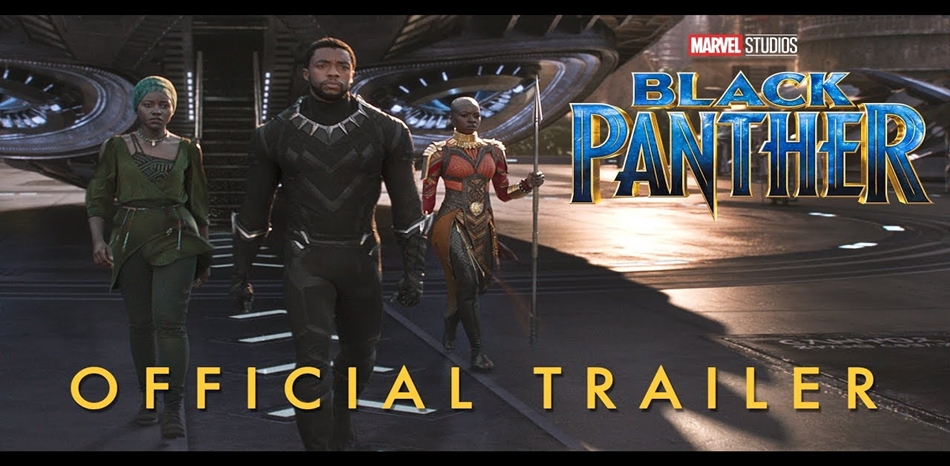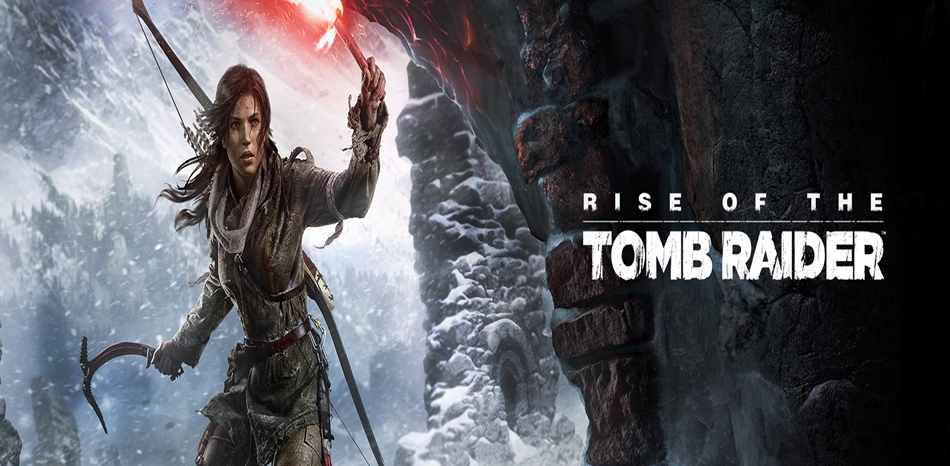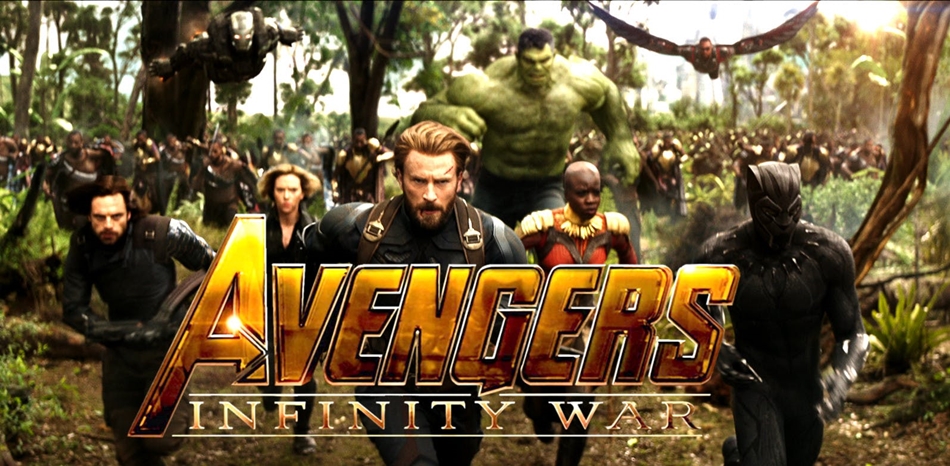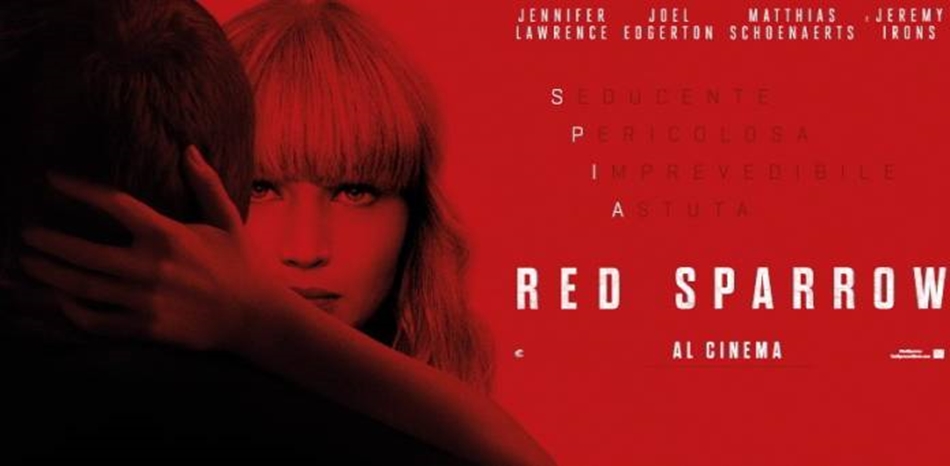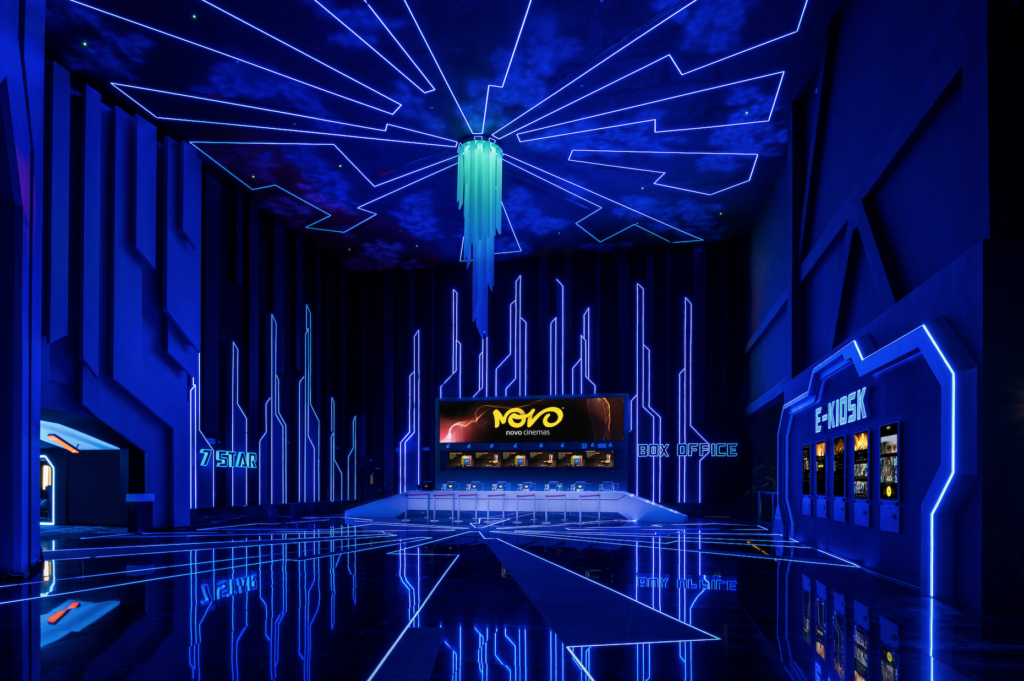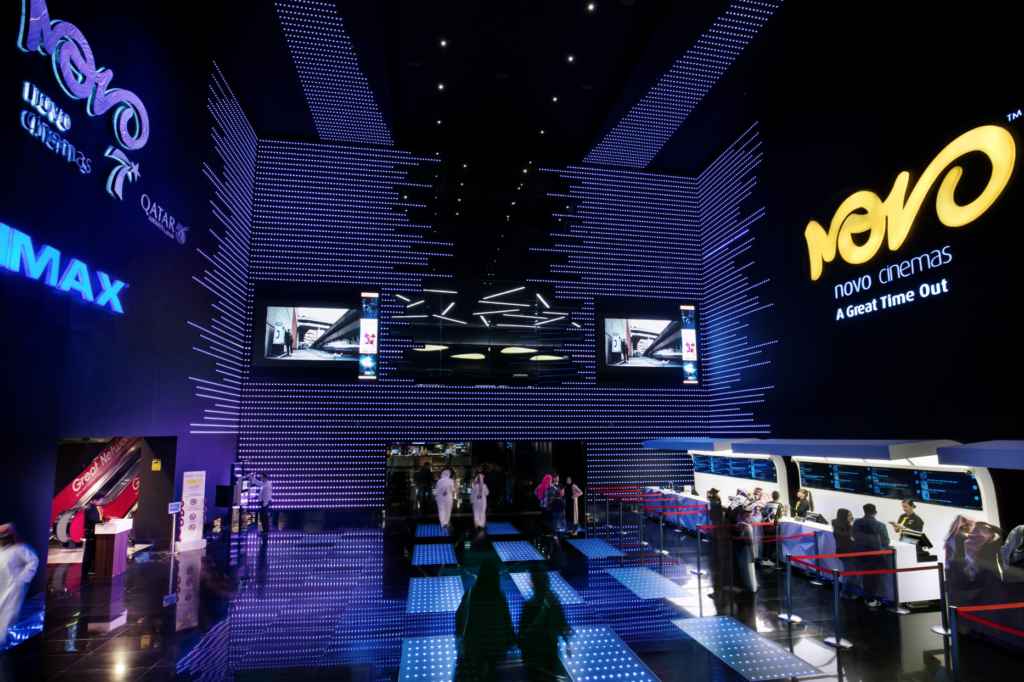More than 26 million adults in America are blind or have low vision. But despite their inability to see the spectacular images on today’s cinema screens, many still crave an entertaining night out at the movies. And thanks to audio description, they can enjoy hit films along with other moviegoers.
Audio description (A.D.) uses a prerecorded audio track in which a narrator details what’s happening on-screen, including actions, gestures, facial expressions, settings, and costumes. The customer listens on a headset to narration that augments the dialogue, sound effects, and music that the rest of the theater audience is hearing. As of June 2, 2018, all first-run cinemas equipped with digital projection equipment for at least six months are required to make available both audio-description headsets and closed captioning for their visually and hearing-impaired customers, respectively.
Roy Samuelson is one of the industry’s leading voiceover talents; he can be heard on commercials for Quaker, State Farm, Ford, Target, and many other brands, and on promos for the Lifetime, Discovery and Nickelodeon networks and Los Angeles National Public Radio station KCRW. And for the last five years, he’s been a top audio-description artist, supplying the narration for such films as Get Out, Pacific Rim: Uprising, The Hateful Eight, Fate of the Furious, Atomic Blonde, Venom, First Man, Baby Driver, Jurassic World: Fallen Kingdom, Glass, Us, Spider-Man: Homecoming, and the current Hobbs & Shaw. Thanks to that work, he’s also become an advocate for audio-description awareness.
“As I’ve connected with the community, I am learning so much about disability and perceptions—my own sighted bias towards people who are blind. And that is changing the entire perception that I have,” Samuelson reflects. “I’m not there yet. This is such a process. I’m really appreciating learning more about how people with blindness live with it, and disability in general. There are a lot of steps being taken right now across the entertainment business, as well as in other areas. It’s really exciting.”
Although Samuelson says that he enjoys hearing from fans of his audio-description work, he knows he’s done a good job if his performance stays in the background. “The biggest focus for me is that the spotlight is on the story. I think a successful narrator is one where she’s able to deliver so that the audience can be a part of the story and keep focused and fully immersed in that story. There are subtle ways to do that, but a lot of it obviously has to do with the writing. And I’ve got so much respect for the describers—that’s what they call the writers of audio description. The narration has to ride the emotion of the story without being overly emoted. It’s exciting to try and find that line.”
The writers, he notes, use different programs that tell them how much time they have in between lines of dialogue or action sequences. Then they have to fit their description of what’s happening on-screen into those pauses. “I always like to use the analogy that a picture’s worth a thousand words. There are 24 to 30 frames a second, and a movie lasts 90 minutes and above. So there are thousands and thousands of images that can be described. The describers really have to focus, like a radio sports announcer, on what are the most important elements that are going to push the plot forward or that people who can’t see might miss in the visuals.”
Samuelson says action films like Hobbs & Shaw are among the most challenging to describe. “Hobbs & Shaw is just back-to-back narration, because it’s all action. The describers did an incredible job of capturing the essence of it, because so much is happening. Sometimes it’s just page after page after page of nonstop action, interspersed with punches and screeches and explosions. If I started thinking about it, I’d just stumble and fail. But [I get into] a zone. And this is, again, a collaboration between the describer doing their job so incredibly well and the director allowing me to sense the feeling of the scene, the intensity of the emotion, and my being able to ride all these different cues happening seemingly simultaneously and still [meet an exact time count].”
Margo Tone, senior manager of operations, audio description/scripting services, at Deluxe Media Inc., confirms how precise this descriptive work is. “The writers are really the foundation—they are the most important part of this. Because if the writer doesn’t know how to describe in between dialogue and capture what’s going on on-screen, while being able to not editorialize, not be condescending to the visually impaired, the voiceover actor won’t know how to read it. But the voice actors are very important, too. All the voice actors that we use are trained, because it’s a cold read. Even people who are experienced dubbing voiceover, we audition them to make sure they can do this read. A cold read is really hard, so the pool of resources that we have are some of the best—they’ve done a lot of the big features that we’ve worked on. You don’t want to be too excited and confuse the listener, but you don’t want to be so monotone that you put people to sleep. When there’s an action scene or something like that, we’ll tell them to do it a little quicker, have a little bit of acceleration to your voice and your tone. It’s definitely a fine line.”
Deluxe has roughly 15 full-time employees and 20 freelancers working in its audio-description division, which encompasses its offices in Los Angeles, London, and Bangalore. “And we also have access to translators all over the world when we get foreign-language A.D.,” Tone adds. “We’ve done quite a bit of French-Parisian, French-Canadian, we’ve done Spanish, German, Japanese; we’ve even done Icelandic. We have access to really any language that is needed.”
Since it began audio-description operations in 2011, Deluxe has transcribed over 1,600 feature films and 700 television shows across streaming platforms. In the past year alone, the company transcribed over 400 feature films.
After the narrator records the audio description, says Tone, “our editor goes in and cleans up the audio, getting rid of mouth sounds, pops, that kind of thing.” Deluxe’s technicians also keep a careful watch to ensure that “what’s on-screen and what’s being described are correct. We want to make sure we are as accurate as possible.”
The final A.D. track, says Chris Reynolds, senior V.P. for localization products and services, is incorporated into auxiliary channels in the digital cinema package that is shipped to cinemas. “Any theater can access it,” he notes.
Tone says the studios sometimes get involved with voice casting. “They want to hear a couple of different narrators to see which one they like. Depending on the genre of the film, we try to match it with the right voice. We have a guy who has a really great low voice, and we give him a lot of the action films. And then some of our female narrators have sweet voices, and we’ll give them romantic comedies or those that are geared toward a younger audience. Every voice actor brings something a little different.”
Tone says she gets great personal gratification out of the work she and her team does. “I went to a conference about four years ago with the Audio Description Project [an initiative of the American Council of the Blind]. There was a blind patron and he was talking about going to see Lincoln, which we did the A.D. for. He said he went with his wife, who is also blind. There’s a scene where a bunch of Lincoln’s troops have been killed and he’s on his horse. So all you hear is clip-clop, clip-clop. And to be able to hear the description of Lincoln’s expression and the emotion that was behind it, he said they were overwhelmed, they were so happy. It means so much to them. Our goal is to give the blind patron the same experience the sighted viewer has. That’s why we make sure we use trained writers, because we want to give people the best experience.”
Tone agrees with Samuelson that action films can be especially challenging. Deluxe did the audio description for the most recent Mad Max, with its many long chase scenes. That meant a lot of descriptive writing for repetitious actions. But, says Tone, “you don’t want to repeat yourself—you want to keep the writing vibrant and let the blind patron get that same feeling, the same experience that a sighted viewer is getting.” One recent and especially demanding film had a first-person point of view, and the A.D. writer had to relay that perspective. “You always have to be ready to change it up a little bit, depending on what’s going on in the feature, while still following those tenets of what A.D. is supposed to do.”
As Tone describes it, some films are talky, and the writer has to struggle to avoid interrupting the dialogue. And sometimes the actors on-screen talk over visual jokes. “So there are certain challenges, but everyone huddles together and says, ‘Hey, look, this is a really difficult scene. What do you think?’ And then everyone gets their two cents about what they think is best. My writers have anywhere from 10 to 16 years’ experience. So they’ve been doing it for a very long time.”
One cinema that has fully embraced the recent legislation mandating audio description and closed captioning is the Prospector Theater in Ridgefield, Connecticut, a unique venue that seeks to create employment opportunities for the physically challenged. Three-quarters of its employees, known as “prospects,” identify as disabled.
Says Ryan Wenke, director of operations, “We’re a nonprofit and we employ people with disabilities, so we operate as if people are going to be using [audio-description] equipment every single day. That’s what really sets us apart from other theaters. If you go to other theaters in the surrounding areas, a lot of the time their staff doesn’t know where the equipment is or how it’s used or it’s not charged. Here, every single time we get a movie, we test the devices in all of our theaters and make sure that the new movie is working. We get customers every single day using it, and every month we actually host a group called Guiding Eyes for the Blind. We have the service animals come in with their owners and they’re all watching movies. So we’re seeing this equipment used all the time, in real time, with those who are blind or visually impaired.”
Wenke says that despite the recent audio-description mandate, more needs to be done—better education and more investment in advancing technology—partly because it’s a smart business move. “These are paying customers too, and why wouldn’t you want as many people as possible coming to your movie theater, especially when you have streaming options like Netflix? You’re not doing yourself any favors by not having this equipment ready. I would love to see tech companies especially continue to advance the technology and not just be like, ‘OK, we made something, we’re good.’ But get feedback and work with us, work with other theaters.”
The Prospector supplies Braille cards with instructions for its audio description headsets, and for first-time users. “We’ll have an usher go into the theater with them and walk them through how to use it,” Wenke says.
Wenke has high praise for the craft that goes into audio description. “The voice acting really makes a big difference. It’s a different kind of voice acting when you’re doing narrative description. … It’s like you’re listening to a good friend describe what’s happening and it’s perfectly timed and not overwhelming. It’s not taking away from the action—they’ll tell you just enough but not too much.
“We encourage people to listen to one of these tracks. It’s like an audiobook. In the past, we’ve done a challenge where we blindfold other prospects who work here and we use the headsets to help them understand what the experience is like for somebody who’s visually impaired or blind. A lot of these movies have come a long way. When I’m in the theater and I’m using the equipment or I’m with somebody who’s using the equipment, they’re laughing at all the same jokes that everybody’s laughing at, they’re getting emotional with everybody else in the theater. One time I walked into a theater during a Guiding Eyes visit just to make sure everything was good, and everybody was laughing at what was happening and they all had headsets on. So, clearly, this technology and the narration are working.”
Wenke says the cinema “should be a medium where everybody has a favorite movie, everybody has a favorite actor. It should be a place where everybody can come together, experience something in the same way. Maybe we’re using different technology and different means to experience the art of the movie, but we want to be inclusive.”
Voice artist Roy Samuelson echoes those sentiments: “There’s another narrator who did one of the Toy Story films, and she said the only fan letter that she got was from a parent who had several children, one of whom was low-vision or blind. She wrote the narrator saying, ‘Thank you for the work that you do. This was the first time my family could watch a movie all together.’ And that’s what we’re doing. This is normalizing the experience of watching movies, being able to engage with others in watching and talking about their favorite moments. It provides access just like sighted people have.”
The post Hearing the Picture: How Audio Description Creates a True Movie Experience for the Blind and Visually Impaired appeared first on Boxoffice.
from Boxoffice
